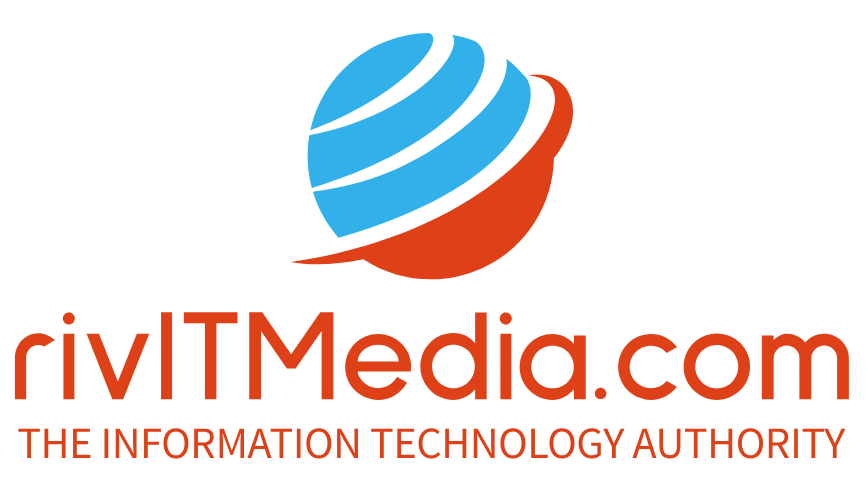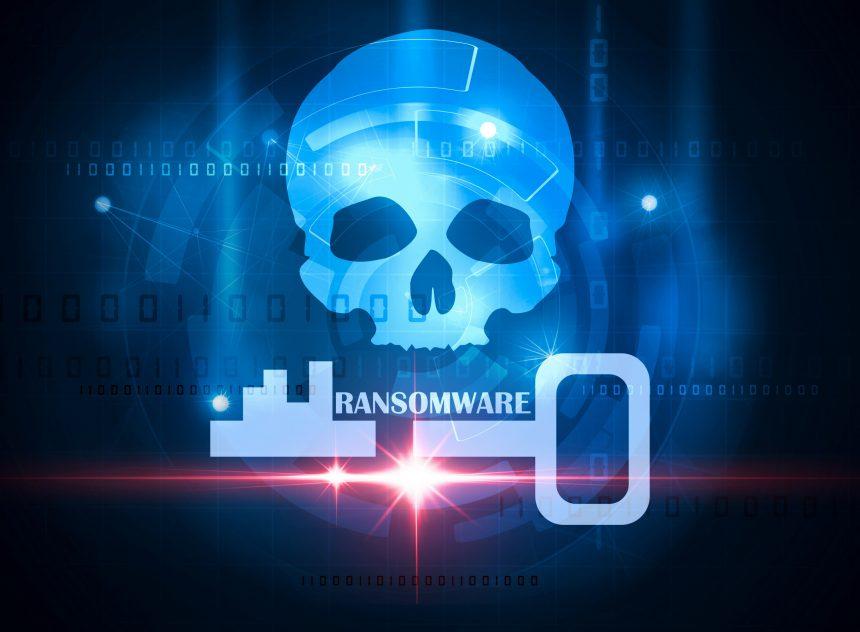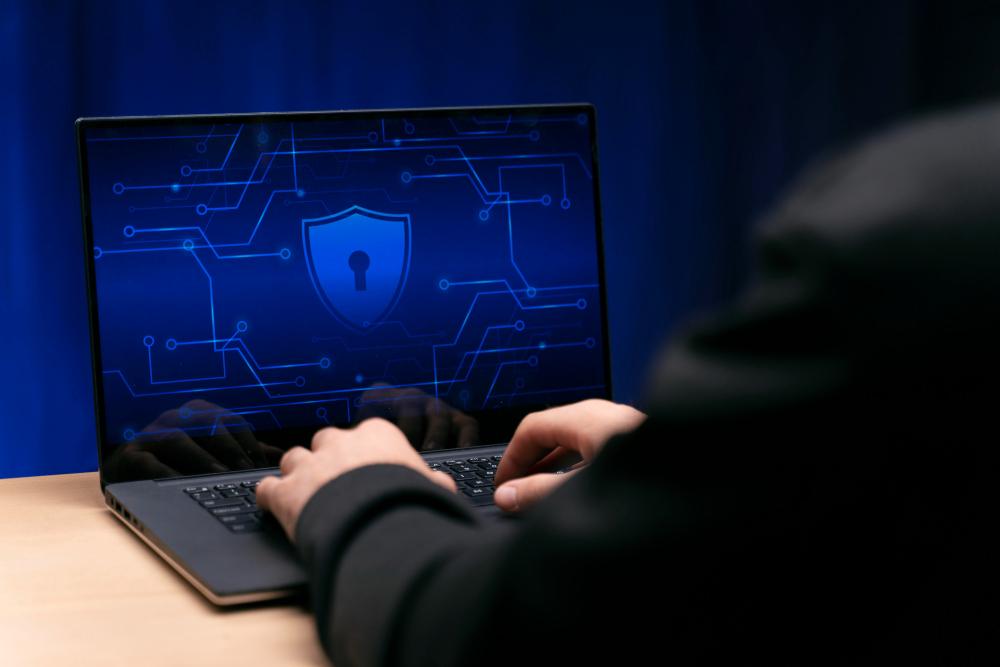Ransomware continues to be a formidable adversary in the cybersecurity landscape, with Jinwooks Ransomware being one of the latest threats targeting individuals and organizations. This malicious software encrypts victims’ files, rendering them inaccessible and demanding a ransom payment in exchange for the decryption key. Understanding the mechanisms, impact, and mitigation strategies for Jinwooks Ransomware is crucial for safeguarding digital assets.
Actions and Consequences of Jinwooks Ransomware
Jinwooks Ransomware operates by infiltrating a system through various means such as phishing emails, malicious downloads, or exploiting vulnerabilities in outdated software. Once installed, it systematically encrypts files using a robust encryption algorithm, appending a unique extension to the affected files. Victims are then presented with a ransom note, typically demanding payment in cryptocurrency to prevent tracking and ensure anonymity for the attackers.
The consequences of a Jinwooks Ransomware attack can be severe:
- Data Loss: Critical files become inaccessible, disrupting personal or business operations.
- Financial Impact: Paying the ransom does not guarantee file recovery and often encourages further attacks.
- Downtime: Systems may be rendered unusable, leading to significant operational delays.
- Reputation Damage: Organizations may suffer reputational harm if sensitive data is compromised.
The full ransom note dropped in its original Korean language is:
‘opps! 당신의 모든 파일들은 암화화 되었습니다.
군사 수준의 알고리즘을 풀어 당신의 파일들을 복구하는 방법은 키를 구입하는 방법뿐입니다.
300$를 보내야 합니다.
당신의 해독 키는 1736-29467-28ke-dj72 이며 이를 입력하여 확인 후 복호화 키를 구입 가능합니다.
바이러스 파일을 삭제시키거나 백신을 키지 마십시오.
안티 바이러스가 업데이트되고 바이러스가 자동으로 삭제되면 돈을 지불했더라도 복구가 불가능 합니다.
문의:jinwooksransome@gmail.com
왜 그렇게 심각하지?
좀 웃어봐’
Detection Names for Jinwooks Ransomware
Different antivirus vendors may use various names for Jinwooks Ransomware. Some common detection names include:
- Trojan.Ransom.Jinwooks
- Ransom.Jinwooks
- Win32:Jinwooks
- Ransom:Win32/Jinwooks
Similar Threats
Jinwooks Ransomware is part of a broader family of ransomware threats. Other notable examples include:
- WannaCry: A global ransomware attack that exploited a vulnerability in Windows to spread rapidly.
- CryptoLocker: Known for its encryption strength and the demand for Bitcoin payments.
- Ryuk: Often used in targeted attacks against large enterprises, demanding substantial ransoms.
Comprehensive Removal Guide
Step 1: Isolate the Infected System
To prevent the ransomware from spreading to other devices, immediately disconnect the infected system from any network connections.
Step 2: Boot in Safe Mode
- Restart the computer.
- Press F8 (or Shift+F8) during the startup process to enter Advanced Boot Options.
- Select “Safe Mode with Networking” and press Enter.
Step 3: Identify and Terminate Malicious Processes
- Press Ctrl+Shift+Esc to open Task Manager.
- Look for suspicious processes, particularly those you do not recognize or those consuming high CPU/memory.
- Right-click on the suspicious process and select “End Task”.
Step 4: Remove Ransomware Files
- Open File Explorer and navigate to C:\Users[Your Username]\AppData\Local\Temp.
- Delete all files in the Temp folder.
- Navigate to C:\ProgramData and delete any suspicious folders created around the time of the infection.
Step 5: Restore Encrypted Files
- If you have backups, use them to restore your files.
- For files without backups, you may use file recovery tools to attempt to recover previous versions of the files. Note that success is not guaranteed.
Step 6: Clean the Registry
- Press Win+R, type “regedit” and press Enter to open the Registry Editor.
- Navigate to HKEY_CURRENT_USER\Software\Microsoft\Windows\CurrentVersion\Run.
- Look for any suspicious entries that could be related to Jinwooks Ransomware and delete them.
Step 7: Update and Scan with Built-In Security Tools
- Ensure your operating system is up to date with the latest patches.
- Use built-in security tools like Windows Defender to perform a full system scan.
Step 8: Reboot and Monitor
Restart your computer normally and monitor for any signs of lingering infection.
Best Practices for Preventing Future Infections
- Regular Backups: Frequently back up your data to an external drive or cloud storage to ensure you can restore files in the event of an attack.
- Update Software: Keep your operating system and all installed software up to date to patch known vulnerabilities.
- Use Strong Passwords: Employ complex passwords and change them regularly.
- Enable Firewalls: Ensure your firewall is active to block unauthorized access.
- Educate Users: Train employees and users to recognize phishing emails and suspicious links.
- Install Security Software: Use comprehensive security software to detect and block malware.
- Limit User Privileges: Restrict administrative privileges to reduce the risk of malware spreading.
By following these guidelines, you can significantly reduce the risk of ransomware infections and protect your digital assets from potential threats.





